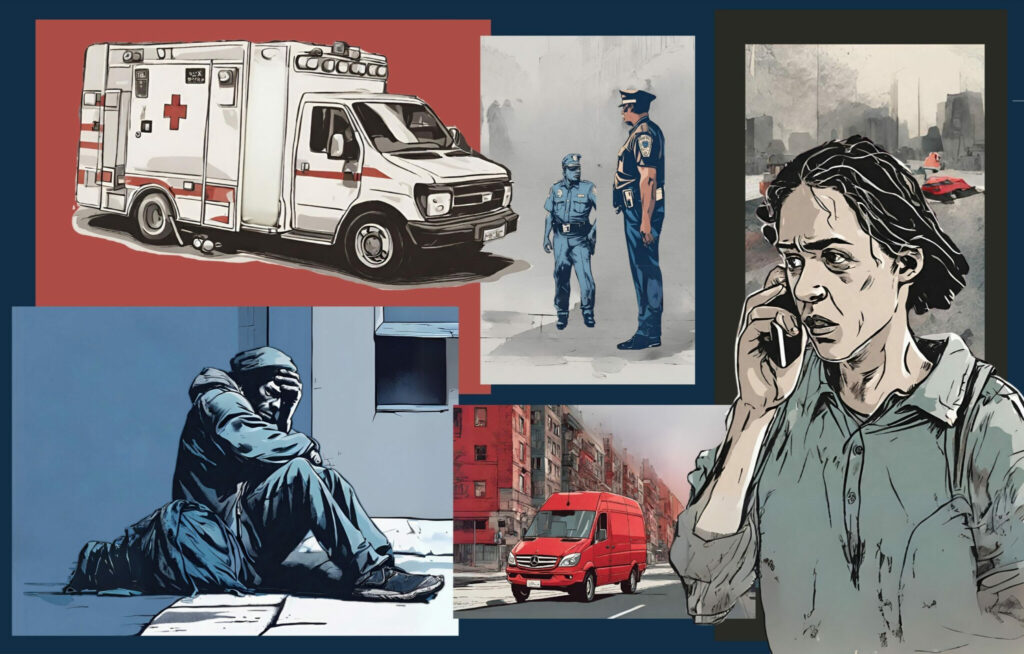AHCCCS alerted to ‘predictable’ homelessness surge before fraud crackdown
![IMG_8506[75].CR2 ©Hannah Bassett/AZCIR: Jared Marquez, 34, looks back on donated items before distributing care packages with Stolen People, Stolen Benefits, a grassroots group assisting tribal members displaced by the sober living home crisis. The group regularly searches the streets of Phoenix to connect unsheltered tribal members with resources like housing, treatment, and transportation home.](https://mentalhealthjournalism.org/wp-content/uploads/2024/01/IMG_850675.CR2_-scaled.jpeg)
Arizona Center for Investigative Reporting (AZCIR) by Hannah Bassett, December 28, 2023: The state agency at the center of Arizona’s ongoing behavioral health crisis knew its proposed billing reforms could trigger a surge in homelessness nearly a year before implementing the changes, yet still failed to adequately prepare for the fallout—or adjust its response to the crisis that emerged as a result.
Emails obtained by AZCIR show Arizona’s top housing official alerted an administrator with the state’s Medicaid program to concerns raised in August 2022, as the program worked to revamp how it reimbursed behavioral health providers.
“We know that there are providers out there who are substandard and agree that needs to be addressed,” a sober living home representative said in an email to the Housing Department, referring to a string of bad actors suspected of defrauding the state. “But this proposed solution will have the unintended consequence of adding a significant amount of homeless to an already growing number as many of the facilities supported by AHCCCS (the Arizona Health Care Cost Containment System) will close their doors.”
That’s precisely what happened once AHCCCS enacted the changes nine months later. And though a spokeswoman for the agency said the state had worked to connect the thousands of people victimized by fraudulent providers with “reputable housing resources,” AZCIR has found the agency arranged for just three facilities—all in the Phoenix area—to meet overwhelming statewide need.
The emails shed new light on what the embattled agency knew in advance of its public acknowledgement of widespread Medicaid billing fraud in May 2023, particularly regarding how the state’s response would affect the vulnerable, largely Indigenous populations targeted by scammers and ultimately displaced by facility closures.
Despite victim testimonies about housing insecurity’s role in the crisis and the pointed warning shared by the Housing Department, AHCCCS focused on suspending fraudulent facilities and connecting members with stopgap care. Ultimately, the agency designed and distributed relief services that left many victims stranded without the one resource they needed most: shelter.
“I don’t think there was enough resources in terms of temporary housing. I think it was overwhelming,” said Walter Murillo, chief executive officer of Native Health, a nonprofit that provides medical and behavioral health services to Indigenous Arizonans. “The homeless crisis really was predictable.”
Read more from AZCIR here.




